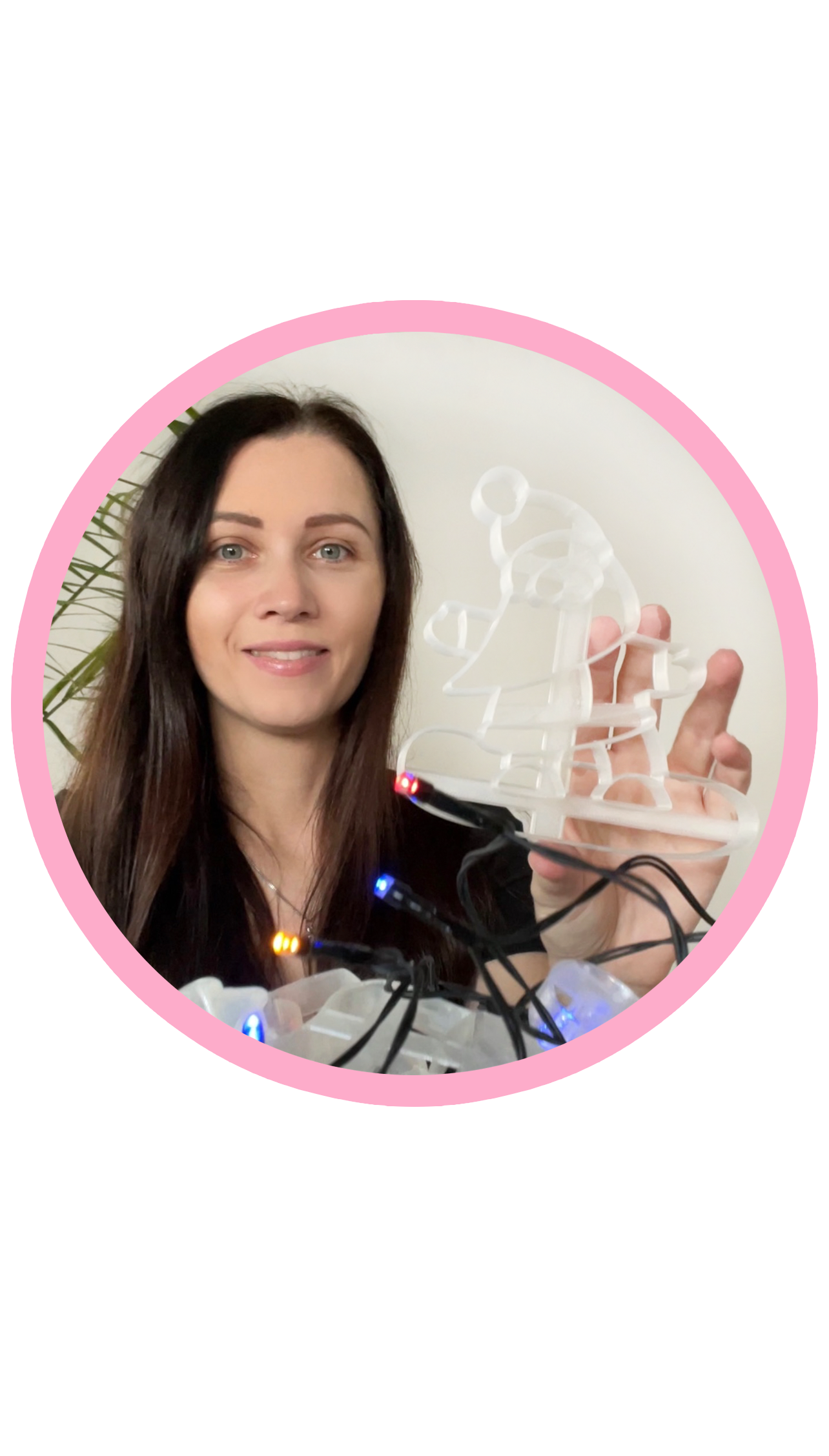🤍 3D Printing Issues Troubleshooting 🤍
- Jenia

- Mar 5, 2025
- 2 min read
Updated: Dec 1, 2025
3D printing is an incredible tool for bringing designs to life, but sometimes things don’t go as planned. In this guide, we’ll go over the most common 3D printing problems, why they happen, and most importantly how to fix them 💛✨

If an item is not 3D printed well, these are the most common causes: Wrong temperature (too high or too low), Clogged extruder or Unleveled Bed.
▪️Wrong Temperature – If the print temperature is too high or too low, it can lead to under-extrusion, poor layer adhesion, or stringing.
▪️ Clogged Extruder – A partially or fully blocked nozzle can cause inconsistent extrusion or print failures.
▪️ Unleveled Bed – If the bed isn’t level, layers won’t adhere properly, leading to warping or uneven prints.
💚 Before troubleshooting further, check these three key factors first!👆😊
Below are the most common 3D printing issues and their solutions. If the problem is with your printer hardware, please contact the manufacturer for support.
▪️ 1. Layers Not Sticking Together / Weak Prints
Possible reasons:
🔹 Print temperature is too low.
🔹Nozzle is clogged, leading to under-extrusion.
How to fix it:
💚 Increase print temperature by 5-10°C to improve layer bonding.
💚 Clean the nozzle and check for partial clogging.
▪️ 2. Stringing / Filament Oozing Between Parts
Possible reasons:
🔹 Retraction settings are too low.
🔹 Print temperature is too high.
🔹Travel moves happen over open areas.
How to fix it:
💚 Increase retraction distance and/or retractions speed.
💚 Lower print temperature by 5-10°C.
💚Enable "Combing Mode" in slicer to reduce unnecessary travel moves.
▪️ 3. Warping / Corners Lifting Off the Bed
Possible reasons:
🔹Print bed is not level.
🔹 Poor bed adhesion.
🔹Sudden temperature changes cause material contraction.
How to fix it:
💚 Level the print bed properly before starting a print.
💚 Use a heated bed (50-60°C for PLA, 80-100°C for ABS).
💚 Apply adhesive (PEI sheet or painter’s tape) for better adhesion.
💚 Use a brim or raft in slicer settings to hold corners down.
▪️ 4. Nozzle Clogging / Filament Not Extruding
Possible reasons:
🔹 Dust or debris in the nozzle.
🔹Filament grinding inside the extruder.
🔹Temperature too low for filament type.
How to fix it:
💚 Heat the nozzle to 250°C and manually push filament to clear blockages.
💚 Check extruder gears for filament grinding and clean any buildup.
💚 Use high-quality filament to avoid clogs.
▪️ 5. Rough or Uneven Surface on the Print
Possible reasons:
🔹 Z-axis is not calibrated correctly.
🔹 Layer height is too high for nozzle size.
🔹 Print speed is too fast.
How to fix it:
💚 Ensure Z-axis is properly aligned and not loose.
💚 Use a layer height ≤ 75% of your nozzle diameter (e.g., 0.3mm for 0.4mm nozzle).
💚 Reduce print speed slightly.
⭐️ Final Tips for Better 3D Prints ⭐️
✔ Always level the bed before printing.
✔ Keep your filament properly (store it in an airtight container).
✔ Use high-quality filament to avoid under-extrusion issues.
✔ Run a test print to check settings.
If you are new to 3D printing, check my post:







Comments